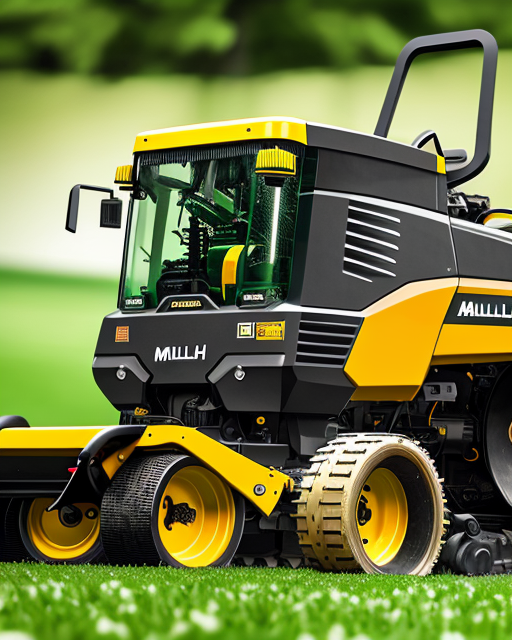The concept of ‘wear parts’ encapsulates a broad range of components, all designed to withstand the constant pressures of use and time. Understanding these parts, particularly the distinct categories they fall into, is fundamental to optimizing equipment performance. In this article, we delve into these categories, providing insights into how each contributes to machinery’s longevity and efficiency. Visit the JYF Machinery to learn more.
Section I: Overview of ‘Wear Parts’ Categories
Broadly speaking, wear parts can be categorized based on their function within a piece of machinery. While these categories might vary across different industries or even between different types of equipment within a single industry, a basic understanding provides an invaluable foundation. The three most prominent categories are: Cutting and Shearing Parts, Grinding and Pulverizing Parts, and Protection and Safety Parts.
Section II: Deep Dive into Categories
Cutting and Shearing Parts
These wear parts are found in machinery that cuts, shears, or pierces other materials. They are typically made from extremely hard materials like tungsten carbide or hardened steel to maintain their sharpness over time. Examples include the blades in an industrial shredder, the cutters in a milling machine, or the teeth on an excavator bucket. The use of wear parts in these applications not only maintains the effectiveness of the cutting/shearing process but also prevents damage to the main body of the machine.
Grinding and Pulverizing Parts
This category includes wear parts used in machinery that grinds, crushes, or pulverizes materials into smaller pieces. These parts are subjected to substantial stress due to the nature of their work, making it crucial that they’re made from robust, wear-resistant materials. Examples include the hammers in a hammer mill, the jaws of a crusher, or the grinding media in a ball mill. Employing wear parts in these applications improves the machine’s grinding/pulverizing efficiency and prevents damage to other machine parts.
Protection and Safety Parts
Protection and safety parts, as their name implies, are wear parts designed to protect the machine or the operator from harm. These could include liners in a cone crusher that protect the main frame from the abrasive material being crushed, shields on a chainsaw that protect the user from flying debris, or the wear plate in a punch press that prevents the punch from damaging the machine over time. The use of wear parts in these applications extends the life of the machine and ensures the safety of those operating it.
Section III: Choosing the Right Category for Your Needs
Choosing the right category of wear parts for your machinery hinges on a deep understanding of the machine’s function and the nature of the work it does. Are you primarily cutting or shearing? You’ll want to focus on wear parts designed for that. Are you grinding or pulverizing? There are wear parts tailored to those functions. Ensuring operator safety or protecting the machine itself? Protection and safety parts are the way to go.
Your choice also depends on the materials you’re working with. Harder materials may require wear parts made from extremely tough substances like tungsten carbide, while softer materials might only need hardened steel or even robust plastics.
Conclusion
Understanding the categories of wear parts is the first step towards fully leveraging their potential in your machinery. By aligning the type of wear part with your machine’s function and the nature of your work, you can significantly enhance your equipment’s performance and lifespan. Whether you’re shearing metal, grinding grain, or protecting a machine’s core components, there’s a category of wear parts perfectly suited to meet your needs. Your machinery and your bottom line will thank you.
